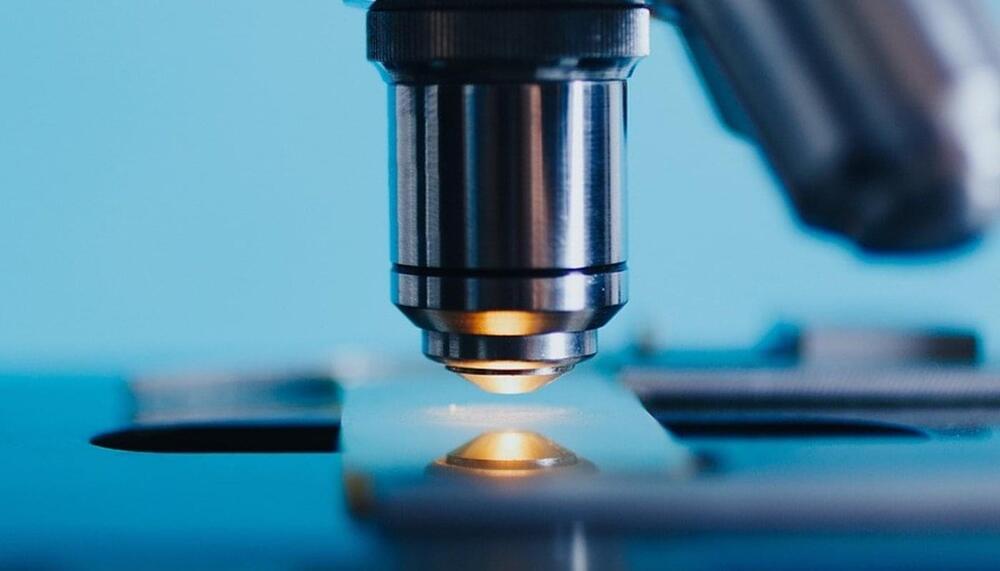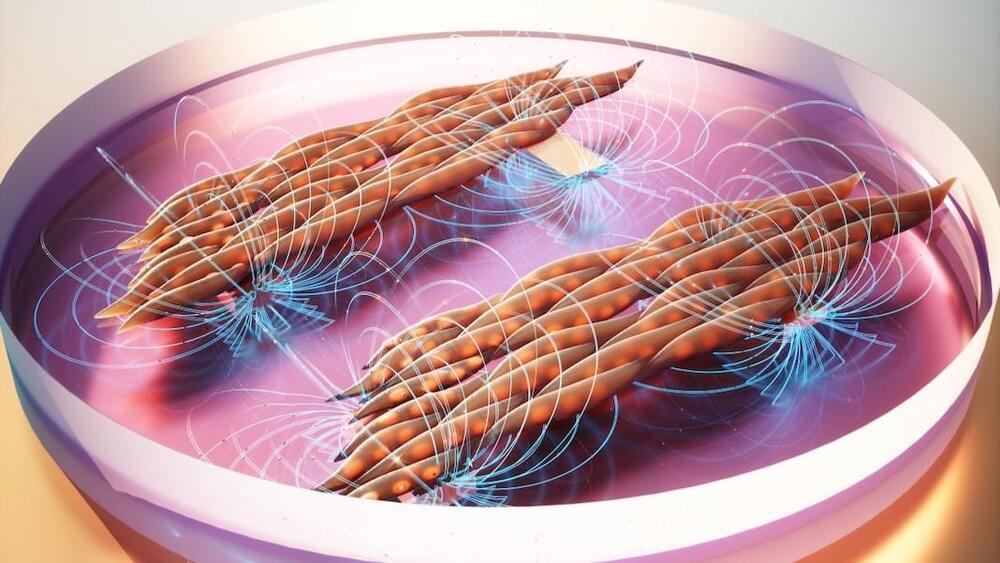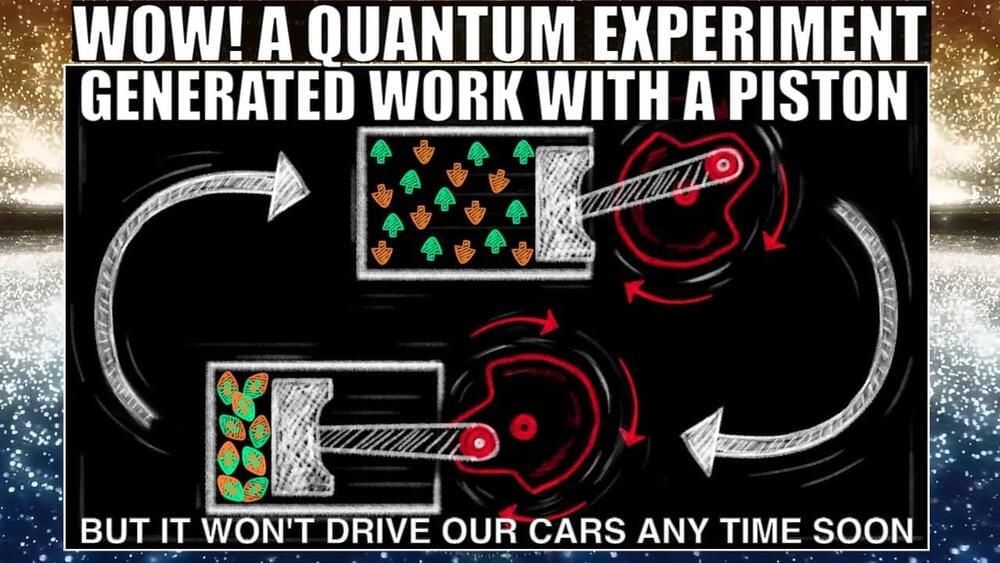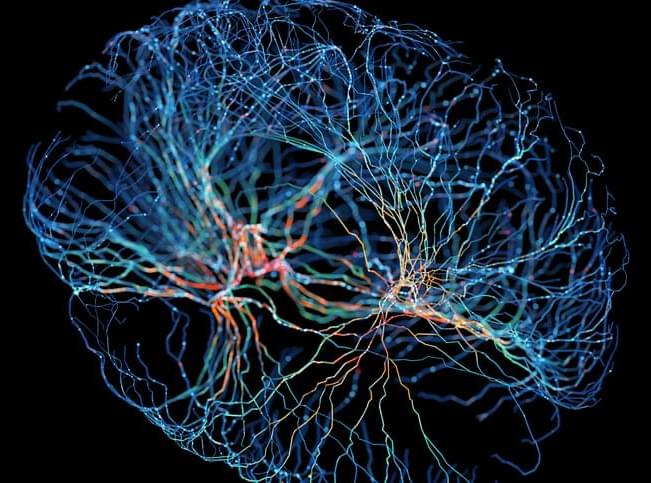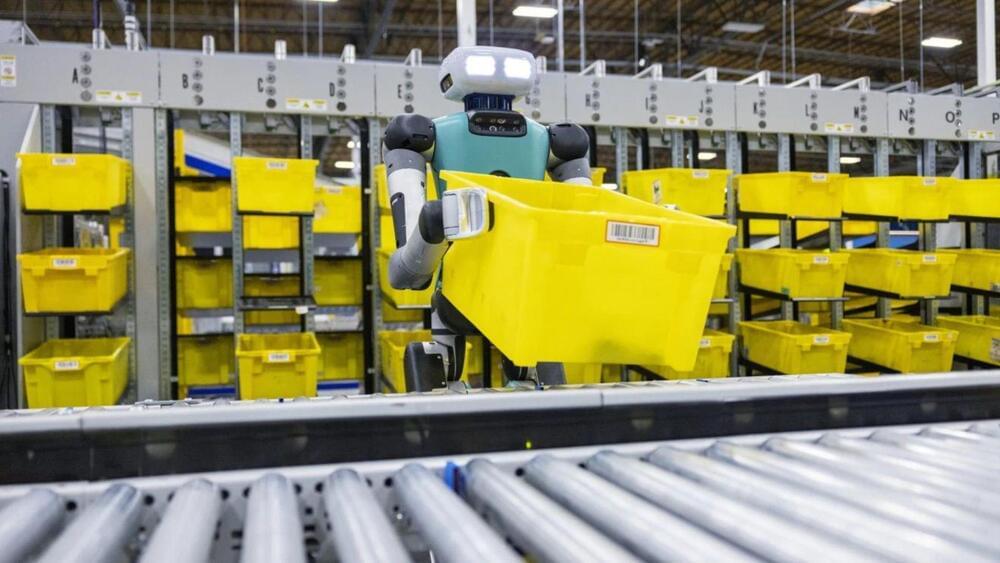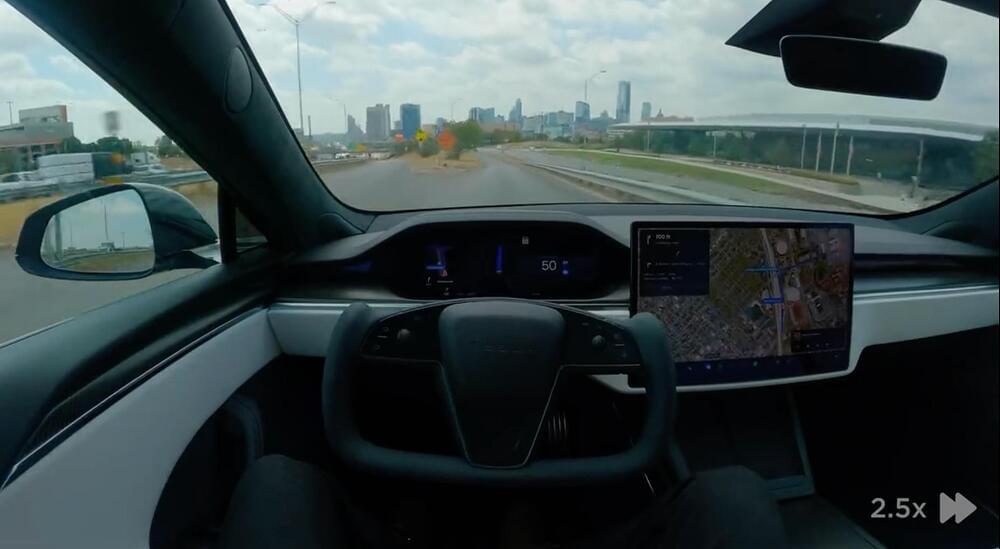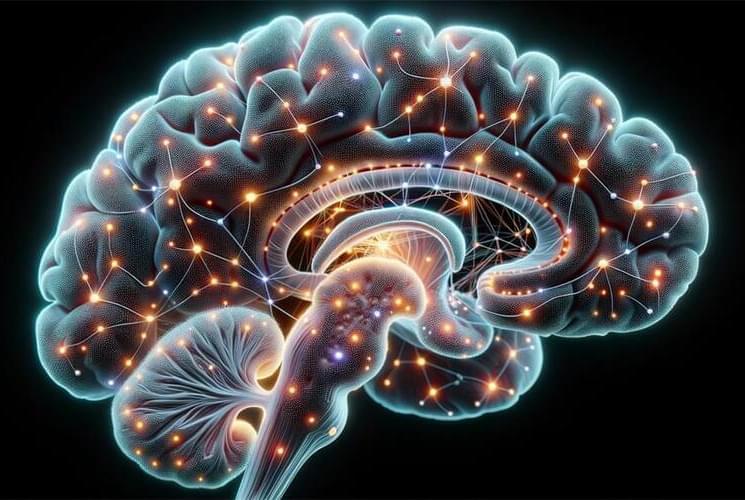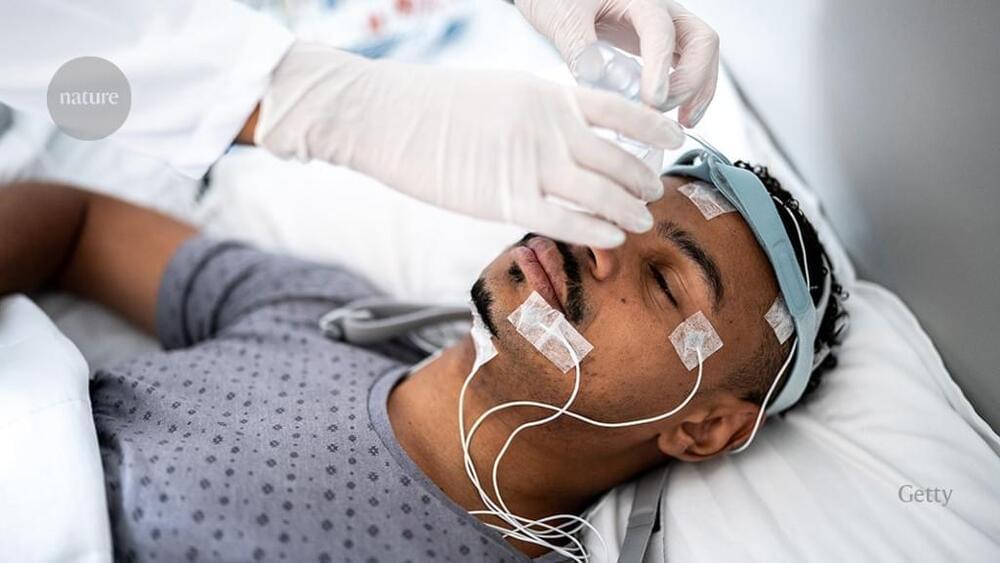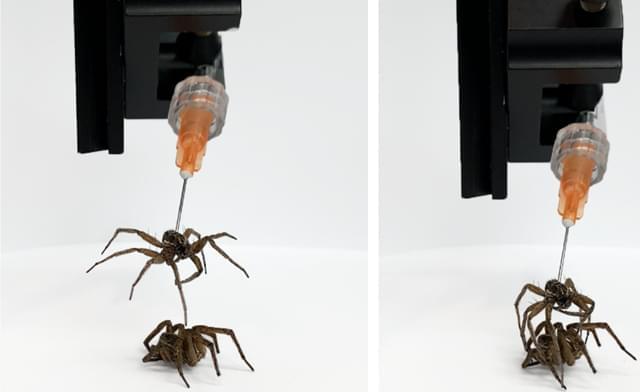Oct 20, 2023
Unbreakable Barrier Broken: New “Superlens” Technique Will Finally Allow Scientists to See the Infinitesimal
Posted by Genevieve Klien in categories: materials, physics
Researchers have developed a potentially revolutionary superlens technique that once seemed impossible to see things four times smaller than even the most modern microscopes have seen before. Known as the ‘diffraction limit’ because the diffraction of light waves at the tiniest levels has prevented microscopes from seeing things smaller than those waves, this barrier once seemed unbreakable.
Many have tried to peer below this optical barrier using a technique that researchers in the field term ‘superlensing, including making customized lenses out of novel materials. But all have gathered too much light. Now, a team of physicists from the University of Sydney says they have discovered a viable path that peeks beyond the diffraction limit by a factor of four times, allowing researchers to see things smaller than ever seen before. And the way they did, it is like nothing anyone else has tried.
Breaking the Diffraction Limit by ‘Superlensing’ without a Superlens.
